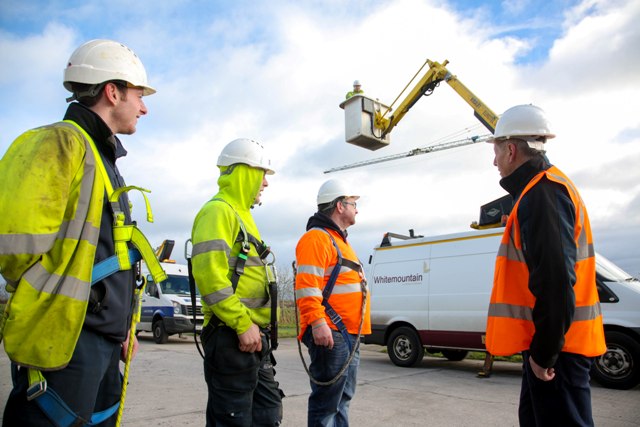In the world of construction, safety isn’t just a priority—it’s the foundation upon which every successful project is built. Amongst the many safety measures, scaffold inspection stands out as a crucial component that ensures the stability and security of the working environment.
If you’re in the construction industry, you understand that scaffolds are not just temporary structures but lifelines that support workers at heights. But do you know the importance of regular scaffold inspections and why scaffold inspection training is indispensable?
Why Scaffold Inspection is Critical
Scaffolds are subjected to various stresses and environmental conditions that can compromise their integrity. Over time, wear and tear, weather elements, and daily usage can lead to potentially hazardous conditions. Here’s why regular inspections are non-negotiable:
- Prevent Accidents: Scaffolds that are not inspected regularly pose a significant risk of collapse or failure, which can lead to severe injuries or fatalities.
- Compliance with Regulations: Adhering to health and safety regulations is mandatory. Regular inspections ensure that your site is compliant with local and international safety standards.
- Cost Efficiency: Early detection of issues can prevent costly repairs or project delays.
- Reputation Management: Maintaining a spotless safety record boosts your company’s reputation and trustworthiness in the industry.
The Role of Scaffold Inspection Training
Inspection is only as good as the inspector. This is why comprehensive scaffold inspection training is crucial.
- Enhanced Knowledge: Training provides in-depth knowledge of scaffold types, components, and the specific risks associated with each.
- Improved Skill Set: Participants learn how to identify potential hazards, assess the structural integrity, and document findings accurately.
- Increased Confidence: Well-trained inspectors are more confident in their ability to make critical safety decisions.
- Legal Protection: Properly trained personnel reduce the risk of non-compliance penalties and legal repercussions.
Introducing Our Scaffold Inspection Training Course in Dublin
We are excited to announce the launch of our first-ever Scaffold Inspection Training Course at our Dublin HQ! This course is designed to equip you with the skills and knowledge necessary to perform thorough and effective scaffold inspections. Whether you are a site manager, supervisor, or a dedicated safety officer, this training is tailored to meet your needs.
What You Will Learn:
- Comprehensive understanding of scaffold components and their functions.
- Techniques for identifying common defects and safety hazards.
- Step-by-step inspection procedures and proper documentation.
- Practical hands-on sessions with real-world scenarios.
Don’t Miss Out – Book Your Spot Today!
Safety doesn’t happen by chance; it’s the result of dedicated training and vigilance. By enrolling in our Scaffold Inspection Training Course, you’re not just enhancing your skillset—you’re contributing to a safer, more efficient work environment for everyone involved.
Book your spot today and be a part of the movement towards safer construction practices!








